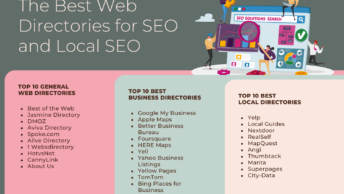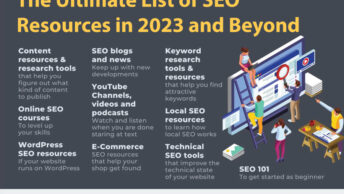Microsites are a collection of web pages designed specifically for one particular idea or collection of ideas/topics. It can be used as a prototype testing method for businesses. Instead of wasting money and time in attempting to sell new ideas, you can do it discretely and with minimal risk. Microsites serve as testing grounds to share your brilliant ideas and to see if you have a market for those ideas.
Picture this. There is a street corner with energetic people, holding clipboards, and asking those who pass by what they think about this that and the other thing. In other words, product research. Exception? This is cleaner, less hassle, and hopefully less annoying to those providing the product research, let alone those doing the research.
Hey, we all need some sort of product research in order to know whether our next big idea has any chance of succeeding, right? Without some sort of foresight and due diligence, our next idea may be a flop and we may end up in debt instead of the next Bill Gates.

The Microsite Idea
Although the microsite will act as an extension of one’s brand, it’s existence is focused on a central idea or topic and not the brand in its entirety. Hence, the “micro” site. The objective is to move (or “inspire”) an audience to perform a specific action step. In order to move toward accomplishing this objective, consider the following questions prior to creating the microsite:
- What do I want to achieve with this research?
- How can this idea improve my business?
- Is this idea profitable for my current market?
Another advantage of creating a microsite, versus not creating one, is that you can use it as a catalyst for the business site that may not yet exist. Or, if you find that the microsite is more successful than the main business site, it provides ideas on how to change or replace key branding aspects of your current site (if not the entire site itself!).
“If an audience exists for your idea, you can use the microsite as a catalyst to grow your business.” -Deborah
Research in Real-Time
Content development of the microsite may include pages like these:
- a landing page;
- detailed, but concise and visual, pages highlighting benefits and features of a potential product and/or service; and
- defined action step >> the next step that you want the reader to take.
Examples of action steps including inviting the reader (a.k.a. potential buyer) to sign up for more information, register to become a beta tester, answer a survey, etc. Don’t forget to incentivize your offers, for added value for your visitors. Even if this is a drawing, it is an opportunity to “give back” to those requesting more information about your product or service. After all, without their feedback, you wouldn’t know where you stand with your product or service. The least we can do is say “Thank you,” in some small way, eh?

“Only your imagination limits the extent and expanse of your research.” -Deborah
Use Effective Tools
Google Analytics is a great tool to use to analyze activities on your microsite. Measure visits by your visitors (a.k.a. traffic), click-through rates, and activity on your microsite, in general. You can use event tracking to know which actions visitors decide to take on your site. You are looking to answer questions like these:
- Did your visitors download your offer (assuming you provided an offer)?
- Were your visitors driven to other links or pages? Was this the desired effect? If so, would you consider it successful? Why or why not?
- How many registrations/subscriptions did you receive during the testing period (or a pre-designated period of time that we can call the “testing period?” Note: This does not mean that you need to tear down your microsite. It just means that we are focusing on a preset testing period for our analytics.
Looking to the Benefits of the Use of Microsites (Your Business Future)
Data received from the testing phases of the microsite can be used in investor relations or “Research and Development” (a.k.a. “R&D”) reviews of upcoming service offers. Remember, the benefits of a microsite is the rapid concept testing it has for businesses who want to save time, money, and effort in creating profitable ideas without overstaying their risk factor.







Hi,
No doubt, Nice and creative post and the way you explained about Microsoft to test our great ideas was pretty impressive. Please keep writing.
Thanks for sharing this informative article.